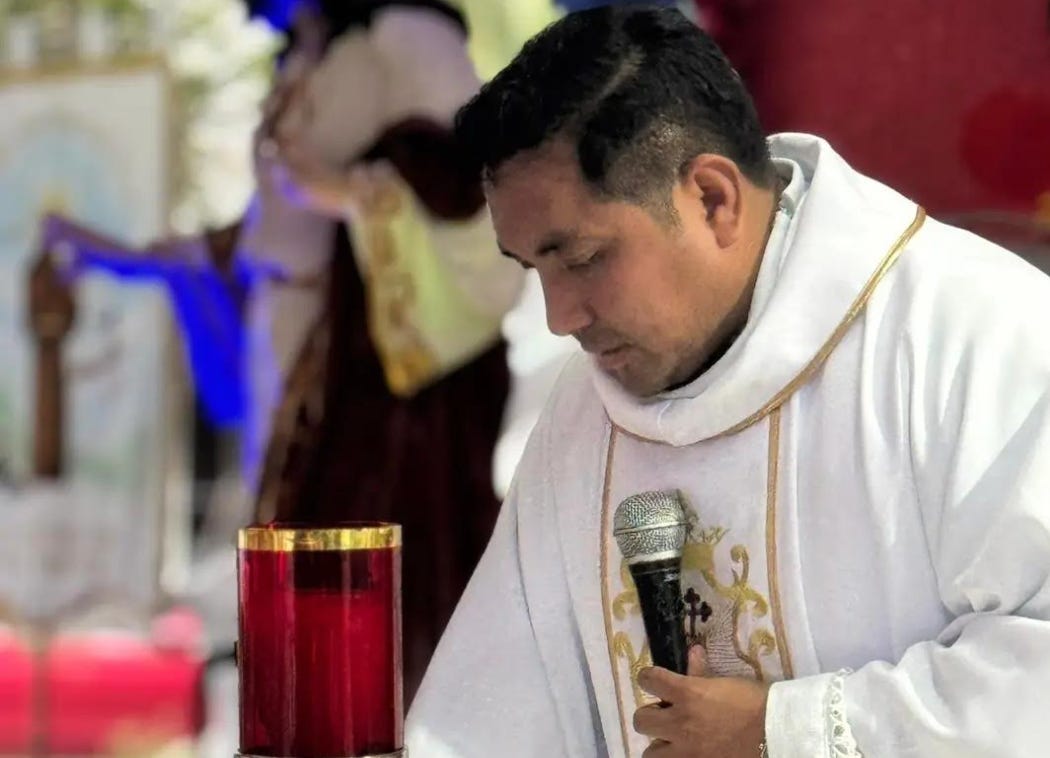Mexican priest shot by mistake struggles for life in Tabasco
"It's a slow process of recovery."
A priest who was shot several times in Mexico last week is still struggling for his life at the hospital, according to the Diocese of Tabasco. Ecclesiastical and civic authorities believe the priest was likely shot in a case of mistaken identity, amid ongoing drug violence in the region.
Fa…

